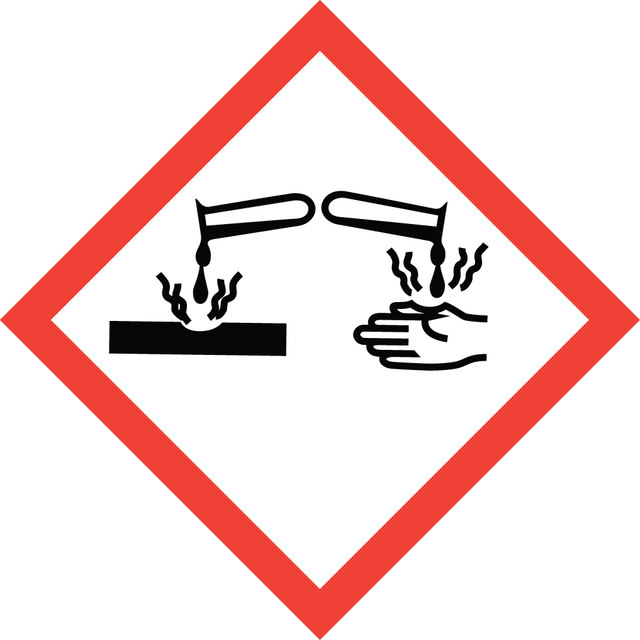475629
Poly(ethylene glycol) diacrylate
average Mn 250, acrylate, 100 ppm MEHQ as inhibitor
Synonym(s):
Polyethylene glycol, PEG diacrylate
Select a Size
About This Item
Product Name
Poly(ethylene glycol) diacrylate, average Mn 250
mol wt
average Mn 250
Quality Level
contains
100 ppm MEHQ as inhibitor
reaction suitability
reagent type: cross-linking reagent
reaction type: Polymerization Reactions
refractive index
n20/D 1.463
density
1.11 g/mL at 25 °C
Ω-end
acrylate
α-end
acrylate
polymer architecture
shape: linear
functionality: homobifunctional
storage temp.
2-8°C
SMILES string
OCCO.OC(=O)C=C
InChI
1S/C8H10O4/c1-3-7(9)11-5-6-12-8(10)4-2/h3-4H,1-2,5-6H2
InChI key
KUDUQBURMYMBIJ-UHFFFAOYSA-N
Looking for similar products? Visit Product Comparison Guide
Related Categories
General description
Application
Signal Word
Danger
Hazard Statements
Precautionary Statements
Hazard Classifications
Eye Dam. 1 - Skin Irrit. 2 - Skin Sens. 1
Storage Class Code
10 - Combustible liquids
WGK
WGK 1
Personal Protective Equipment
Choose from one of the most recent versions:
Already Own This Product?
Find documentation for the products that you have recently purchased in the Document Library.
Articles
조직 공학과 약물 전달과 같은 생명 공학의 진보는 다양한 기능성 바이오 소재에 대한 수요 증가를 동반합니다. 연구의 집중 관심 대상이 되어온 바이오 소재의 한 분야는 바로 하이드로겔으로, 화학적으로나 물리적으로 세포의 자연 환경과 유사하게 닮아 있기 때문에 세포를 키우는 토대로 사용될 수 있습니다. 본 기술 문서에서는 일반적으로 면역 반응을 유발하지 못하기 때문에 생물학적 용도로 적합한 PEG(폴리에틸렌 글리콜) 하이드로겔에 대해 상세하게 논의합니다. PEG는 쉽게 이용할 수 있으며, 손쉽게 고분자를 수정하여 세포 배양을 위한 2D 및 3D 뼈대를 포함한 하이드로겔 구성에 광범위하게 사용할 수 있습니다. 또한 분해성 결합을 통해 치료제 출시를 위한 다양한 응용분야에도 도움을 줍니다.
Designing biomaterial scaffolds mimicking complex living tissue structures is crucial for tissue engineering and regenerative medicine advancements.
Progress in biotechnology fields such as tissue engineering and drug delivery is accompanied by an increasing demand for diverse functional biomaterials. One class of biomaterials that has been the subject of intense research interest is hydrogels, because they closely mimic the natural environment of cells, both chemically and physically and therefore can be used as support to grow cells. This article specifically discusses poly(ethylene glycol) (PEG) hydrogels, which are good for biological applications because they do not generally elicit an immune response. PEGs offer a readily available, easy to modify polymer for widespread use in hydrogel fabrication, including 2D and 3D scaffold for tissue culture. The degradable linkages also enable a variety of applications for release of therapeutic agents.
Scaffold patterning with poly(ethylene glycol)-based hydrogels for cell presence in 2D and 3D environments on photoactive substrates.
Our team of scientists has experience in all areas of research including Life Science, Material Science, Chemical Synthesis, Chromatography, Analytical and many others.
Contact Technical Service
